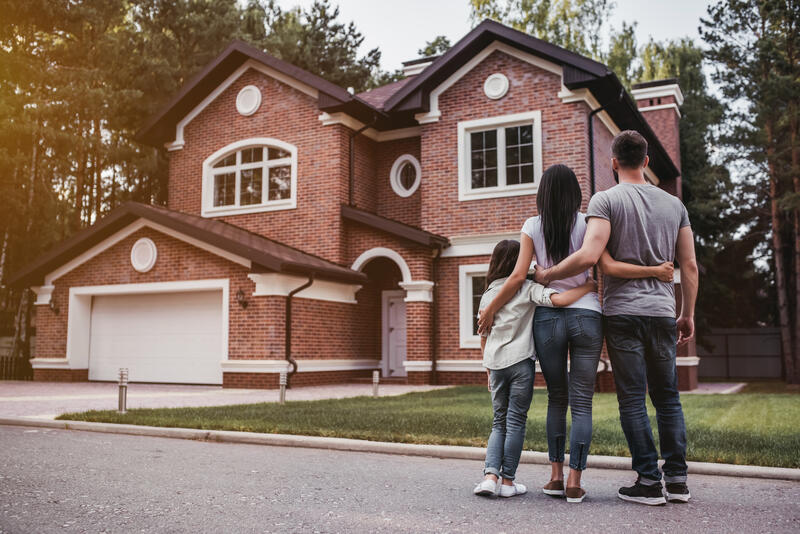Homeowners Insurance
Homeowners Insurance Quotes
It’s true, you can save money on homeowners insurance.
To save money on homeowners insurance you need more insurance companies to choose from. The same is true for better coverage. But did you know there are lots of insurance companies you don’t have access to?
In addition, consider this comparison:
Spend 1-2 days calling 20 homeowners insurance providers to get rates. On average, it will take 20+ minutes per call, plus the time communicating before rates are provided. Imagine organizing that?
Or you could spend 20 or so minutes with a licensed and friendly InsureMart agent. They are professionals and will do all the shopping for you. There is nothing like working with InsureMart:
Insuremart has direct access to
over
100
insurance carriers
Nobody can sell for less, and we work for you.

More options means better homeowners rates. That’s how InsureMart saves people money.
What matters most in a homeowner’s insurance policy?
You may hear a friend or neighbor complain about their insurance provider. Not about the cost of homeowners insurance as everyone does, but about refusal of the insurance company to pay claims or how little they paid. How does that happen? And what’s the solution?
Before we answer, we can’t emphasize enough how important it is to hire the best agent you can find. And that’s precisely why so many people choose InsureMart for personal and commercial insurance. Now back to things that matter most in your homeowner’s policy:
Replacement Cost vs Actual Cash Value – This is an easy one to overlook. Actual Cash Value can be used to reduce the cost of insurance, and that’s fine, as long as you are aware. If not, the provider is effectively making the insurance look like a greater value than it is.
- Replacement Cost would pay for all materials and labor to replace your roof today. Less your deductible.
Replacement Cost example – new shingle roof: $10,000 – your 1,000 deductible = $9,000 for you to replace your roof.
- Actual Cash Value means the value of your roof today before the damage. It factors in depreciation of value due to age, weather, and market conditions for that product. Less your deductible.
Actual Cash Value example: – shingle roof, depreciated value: $5,400 – $1,000 deductible = $4,400 for you to replace a $10,000 roof.
Policies that use Actual Cash Value will cost less. That is an option if you can financially take on more risk or cannot afford a policy that includes Replacement Cost. And there are areas of the country where Replacement Cost is not offered by insurance companies.
What about deductibles?
This is another area to focus on. Flat deductibles of $1,000 or $2,000 vs 1-2% percent. And sometimes there is a mix. The difference matters in both premium cost and your out-of-pocket cost during a claim. You will pay more for insurance that uses flat deductibles over percentage because the insurance company is taking more risk.
What is included in a typical homeowner’s policy? What about limits?
Good to know: InsureMart works with over 100 insurance carriers. Nothing gives you an advantage when buying Homeowners insurance — or any insurance — like a great agent and more options. Talk to our agents.
- Dwelling coverage: This covers repair or replacement of your home – $200,000 to $500,000 is where most homes will fall. Coverage can go into the millions.
- Personal property coverage: Make sure your insurance provider is aware of valuable items. $100,000 to $300,000 in coverage is common. Valuables could raise that.
- Liability: This covers bodily injury if someone is injured while on your property. $300,000 to $500,000 is common.
Endorsements to consider
You can purchase add-ons for your policy to increase protections, e.g. Extended Coverage to increase limits beyond the max for the base coverage, Scheduled Personal Property for valuable possessions with certifiable values, and Water Backup for drains and sewer backups. Our agents will happily explain options and provide assistance and guidance on selecting coverage.

Get a Homeowners insurance quote from InsureMart right now. Our agents are ready to help.
